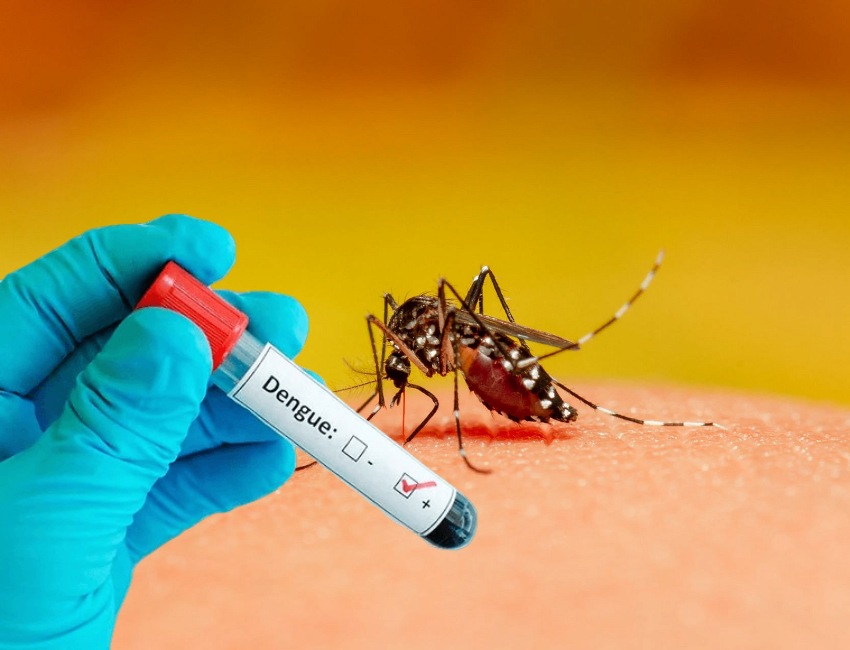Antibiotics are powerful medicines that are used to treat bacterial infections. They work by killing or inhibiting the growth of bacteria in the body, which helps to stop the spread of infection. However, it is important to use antibiotics appropriately and responsibly to avoid antibiotic resistance, which occurs when bacteria develop the ability to resist the effects of antibiotics.
Here is a guide to antibiotics, including their uses, types, and potential side effects:
Types of Antibiotics: There are several different types of antibiotics, including:
- Penicillins – Penicillin is one of the oldest and most widely used antibiotics. It is effective against many different types of bacteria, but some bacteria have developed resistance to it.
- Cephalosporins – Cephalosporins are similar to penicillins but are effective against a wider range of bacteria.
- Macrolides – Macrolides are commonly used to treat respiratory infections, such as pneumonia and bronchitis.
- Tetracyclines – Tetracyclines are effective against a wide range of bacteria, but they should not be used during pregnancy or in children under the age of 8.
- Fluoroquinolones – Fluoroquinolones are often used to treat urinary tract infections and other types of infections caused by bacteria that are resistant to other types of antibiotics.
Uses of Antibiotics: Antibiotics are used to treat bacterial infections, including:
- Respiratory infections, such as pneumonia and bronchitis
- Urinary tract infections
- Skin infections, such as cellulitis and impetigo
- Ear infections
- Sexually transmitted infections, such as chlamydia and gonorrhea
It is important to note that antibiotics are not effective against viral infections, such as the common cold or flu. They should only be used to treat bacterial infections.
Potential Side Effects: Antibiotics can cause a range of side effects, including:
- Nausea and vomiting
- Diarrhea
- Allergic reactions, such as rash, itching, and swelling of the face, lips, or tongue
- Yeast infections, which can occur when antibiotics kill the good bacteria in the body, allowing yeast to overgrow
- Photosensitivity, which can cause the skin to become more sensitive to sunlight
Antibiotics should only be used when they are necessary to treat a bacterial infection. It is important to take antibiotics exactly as prescribed, and to finish the full course of treatment, even if symptoms improve before the medication is finished. This helps to ensure that all of the bacteria are eliminated, reducing the risk of antibiotic resistance.



